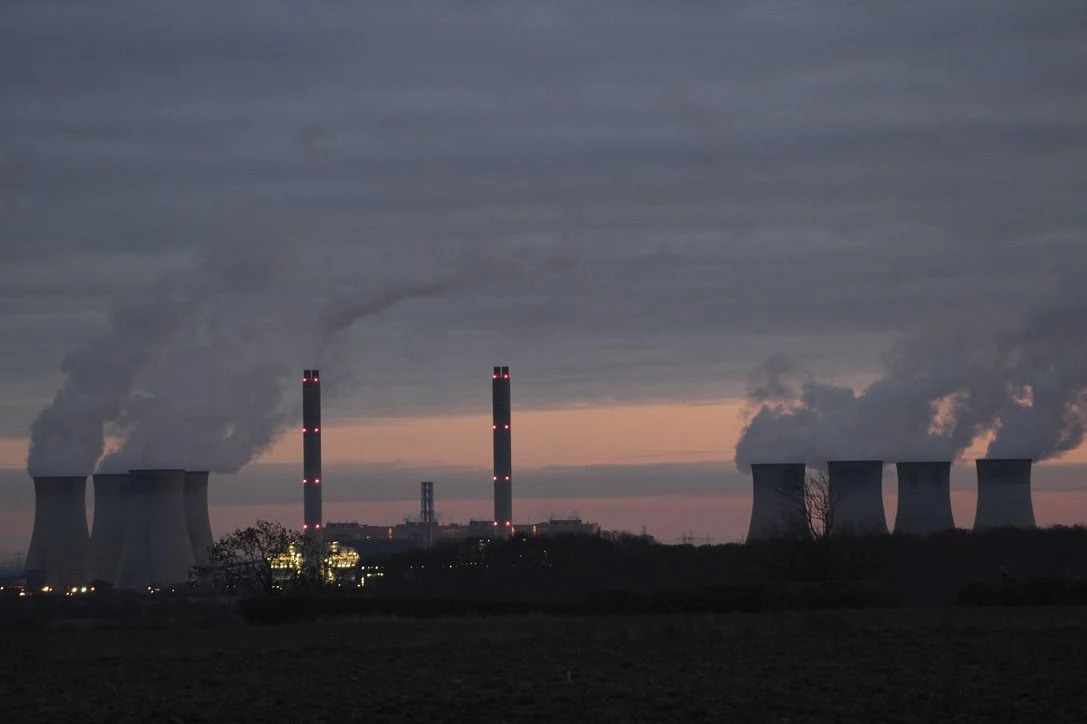
Partner Article
Big decisions being made for environmental footprint management
Last week we saw an announcement that will have a significant impact on the future of our environment. The two largest economies in the world have for the first time agreed targets to reduce carbon emissions. According to David B. Sandalow, who was Mr. Obama’s assistant secretary of energy for policy and international affairs until May 2013: “For the world’s biggest emitters to be coming together and announcing concrete numbers, serious numbers, sends a signal to the world.”
And of course it does send a real message. Today the story will rumble on as the pressure to agree aggressive targets for reductions focuses on many other countries such as Australia, India, Russia and even Canada. Returning to the main agreement between China and the USA, it will be interesting to see which superpower will actually stick to their words and which will achieve the targets set first.
Major energy and utility organisations from across the world are looking at how they can improve their linear asset and unit management capabilities, in order for them to better meet environmental targets. The key to success in these major projects is the ability to integrate all the information generated from all the assets, partners, contractors and suppliers into a single, transparent application.
For energy projects, which often have numerous assets scattered over a wide area, huge workforces and seriously complex supply chains, any minor faults can have serious repercussions all the way down the line. Having visibility over all these different aspects of the project is therefore likely to determine whether the project comes in on time and on budget.
And this major capital renewal program relates to the current debate over whether the lights will go out in the UK this winter. National Grid has warned that its capacity to supply electricity this winter will be at a seven-year low due to generator closures and breakdowns. Spare electricity capacity, which ran at about five per cent over the winter months last year, would be nearer four per cent this year, National Grid said. Three years ago the margin was 17 per cent.
National Grid’s assessment, made in its 2014/15 Winter Outlook report, is based on similar demand to last winter, but there’s since been a fall in supply, due to generators closing and breaking down, and new plants not coming online quickly enough to replace them.
So clearly we need to further invest and continue the programs launched to provide the electricity of the future. This will invariably be a mix of nuclear, renewables and likely a reducing dependency on traditional fossil fuel stations. Either way, new power stations need to be built and the existing ones maintained in a way that ensures breakdowns and outages are minimised.
An integrated asset lifecycle approach is vital for reducing downtime across various assets, and enabling long-term management and maintenance. Any contractor that performs a service, upgrade or lifecycle extension on assets is met with strict quality requirements and demands, with any downtime directly hitting profitability. By integrating project management, logistics, maintenance planning, document management and financial and performance functions, firms can ensure that they schedule and manage maintenance with the utmost efficiency and effectiveness.
Ultimately, organisations need to define what assets they will keep, enhance or repair, or ultimately replace. This is where an asset management policy, strategy and plan comes in.
One of the consistent themes that we’re seeing is the importance of a long term Asset Management Plan (AMP) and how critical it is to be able to look into full asset lifecycle costing.
In this industry, an integrated approach across the entire lifecycle is needed to reduce the chance that incorrect decisions are made, and ultimately ensure that the industry as a whole can meet these energy efficiency targets.
This was posted in Bdaily's Members' News section by Colin Beaney .








 How to make your growth strategy deliver in 2026
How to make your growth strategy deliver in 2026
 Powering a new wave of regional screen indies
Powering a new wave of regional screen indies
 A new year and a new outlook for property scene
A new year and a new outlook for property scene
 Zero per cent - but maximum brand exposure
Zero per cent - but maximum brand exposure
 We don’t talk about money stress enough
We don’t talk about money stress enough
 A year of resilience, growth and collaboration
A year of resilience, growth and collaboration
 Apprenticeships: Lower standards risk safety
Apprenticeships: Lower standards risk safety
 Keeping it reel: Creating video in an authenticity era
Keeping it reel: Creating video in an authenticity era
 Budget: Creating a more vibrant market economy
Budget: Creating a more vibrant market economy
 Celebrating excellence and community support
Celebrating excellence and community support
 The value of nurturing homegrown innovation
The value of nurturing homegrown innovation
 A dynamic, fair and innovative economy
A dynamic, fair and innovative economy